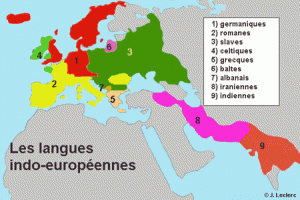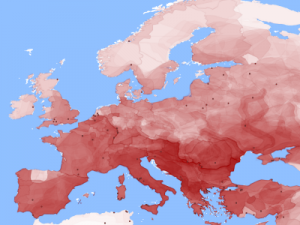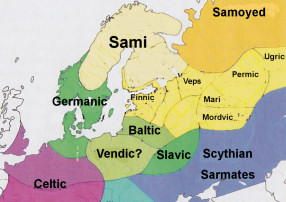I was cleaning my old PC from files that I downloaded years ago.

Guess what I found? Well, old files from The Indo-European Database website. I kept spending time on this site in the beginning of this millennium. The site that focused on Indo-European languages featured language overviews, linguistic maps, and much more.
Unfortunately this website no more exists.


